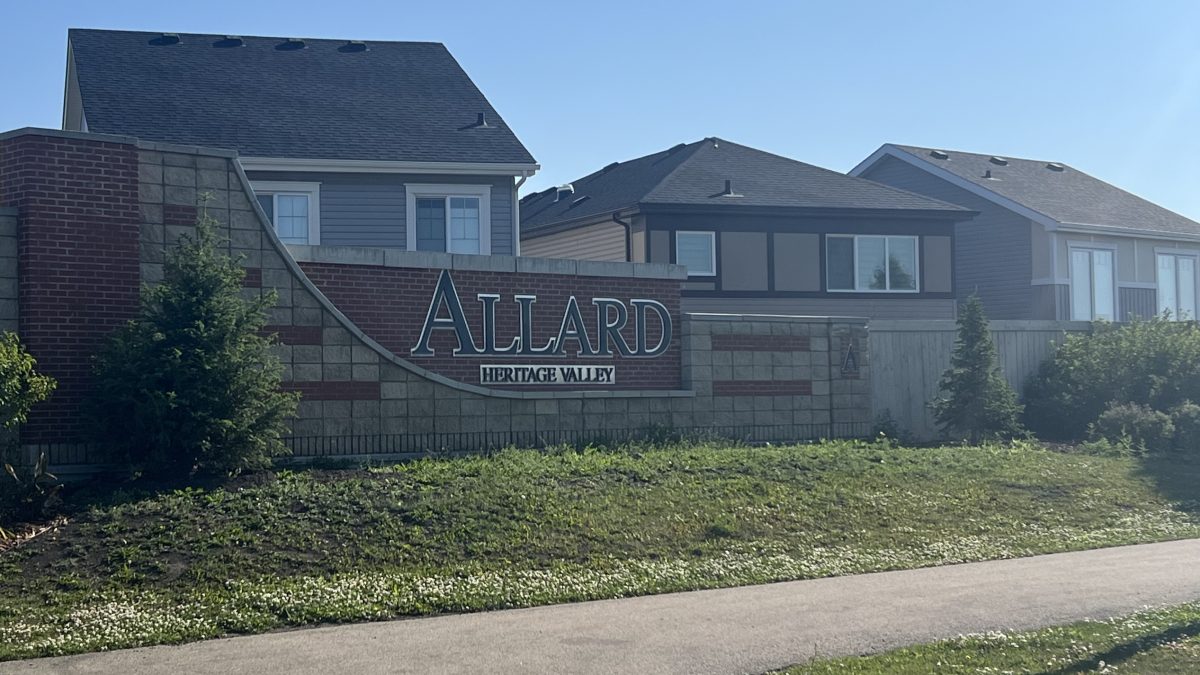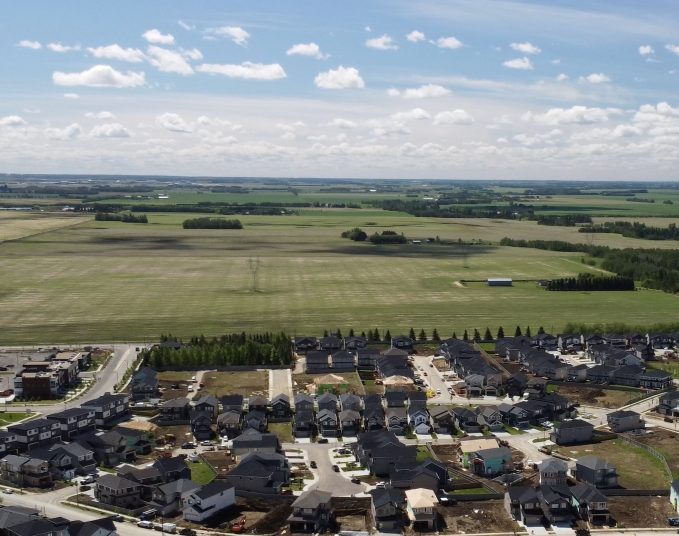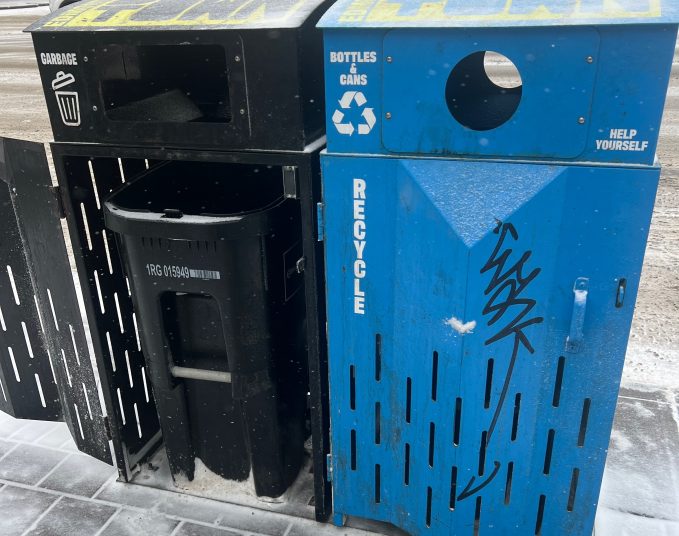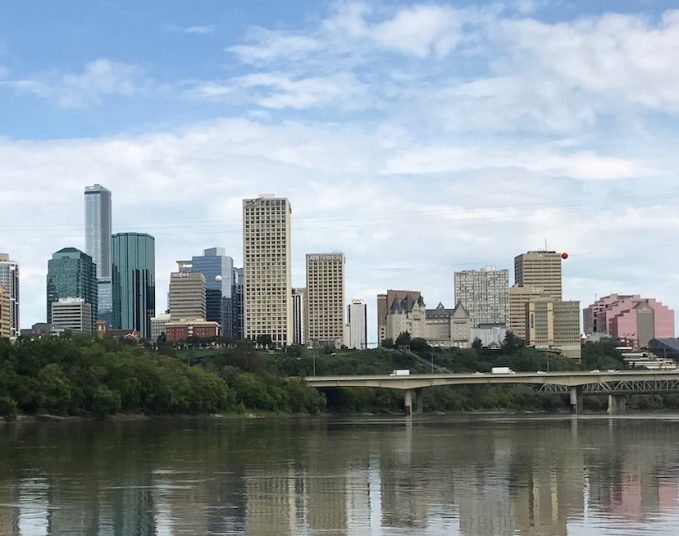Deep Thought paused for a moment’s reflection.
“Tricky,” he said finally.
“But can you do it?”
Again, a significant pause.
“Yes,” said Deep Thought, “I can do it.”
“There is an answer?” said Fook with breathless excitement.
“Yes,” said Deep Thought. “Life, the Universe, and Everything. There is an answer. But, I’ll have to think about it.”
It’s one of the most famous passages in science fiction. In Douglas Adams’s Hitchhiker’s Guide to the Galaxy, a group of aliens designs a supercomputer that can determine the answer to the ultimate question of creation. What is the meaning of life, the universe, and everything?
After the computer, Deep Thought, takes eons to come up with “42” as an answer, an even bigger supercomputer is designed to figure out what the heck the question even meant, anyways? It was Adams’ analogy on how much mankind will look to reinvent the questions if we don’t like the answers.
And I couldn’t help but think of one of my favourite books as, this past week, City Council debated what to do about the City Plan and “substantial completion.”
Here’s the Coles notes: There is a higher demand for new housing developments in the south of Edmonton, particularly the south side. Edmonton annexed land from Leduc County about five years ago with an eye to meeting this demand. But, more subdivisions to the south means more schools, parks and transit service – and that costs the city as a whole. Mayor Amarjeet Sohi said Thursday that, according to a recent Federation of Canadian Municipalities study, a new house costs an average of $107,000 for a city to properly service.
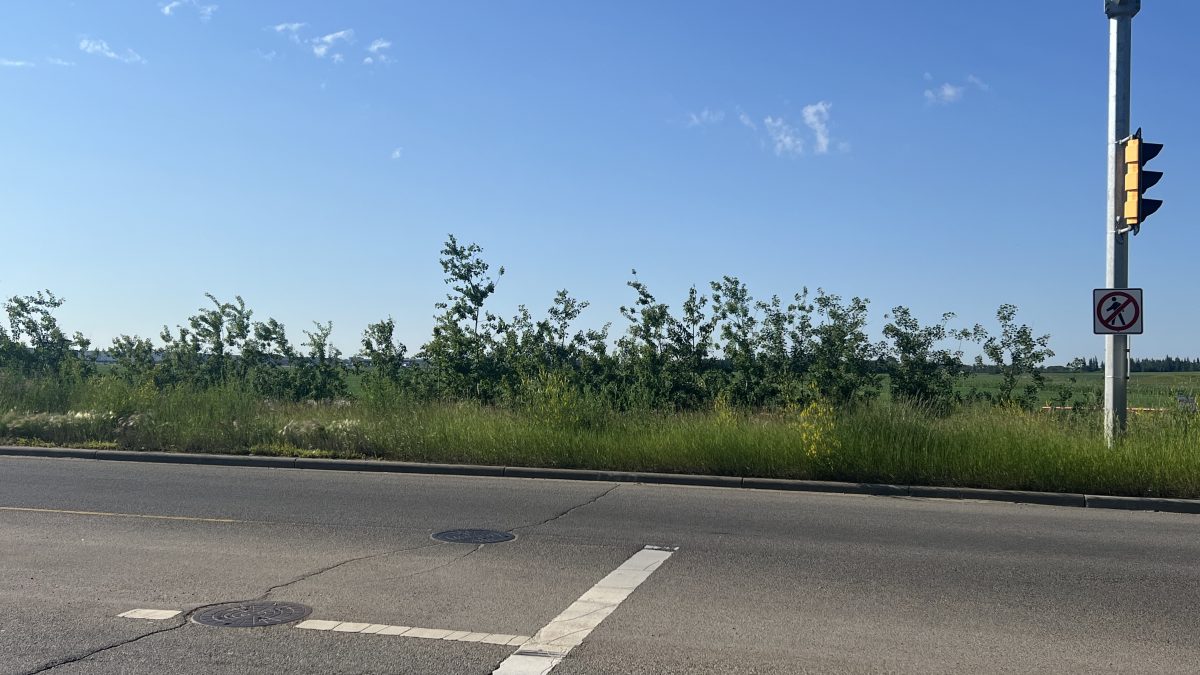
So, out of the City Plan comes the notion of “substantial completion,” that the City’s new developments have to be 62 per cent finished before approval is given to expand further south.
Developers have cried out that this essentially puts southern expansion on hold, and that slowing southern expansion will limit housing supply in the area of highest demand. Edmonton is growing fast, and the numbers don’t lie — new home sales in the south well outpace the west, east and north of Edmonton. The truth is, the majority of new homebuyers want to be in south Edmonton. Developers say constraining southern expansion will lead to a spike in prices or drive people to buy homes in Leduc, Beaumont or Devon, where they won’t contribute to the Edmonton tax base. At a recent committee meeting, landowners in the area that was annexed from Leduc County complain they’re sitting on farms they can’t sell because of the uncertainty around development.
Administration forecasts that all new developments should reach 62 per cent completion within five years.
So, faced with so many competing interests, this council voted to move this issue to the next council to come.
This week, they voted that preplanning in the area around 41st Avenue SW begin, but two years of study are needed to determine what the City would need to pay for, and really, what the goalposts are for “substantial completion” in the first place.
So, the report would come back in 2026. The next municipal election is set for the autumn of 2025.
All that was missing was a councillor to bellow “42!” during the debate.
Coun. Tim Cartmell’s amendment, that the 62 per cent figure should be applied by region rather than be a city-wide target, passed 8-5. So, in principle, only the southwest subdivisions would need to reach 62 per cent in order to trigger more expansion into the former Leduc lands. This means the slower-growing north wouldn’t drag down the target number.
Administration stated that measured growth using a city-wide 62 per cent target will save Edmontonians about eight per cent in taxes, long-term. But Cartmell refuted that, saying the staff was “misinterpreting” the City Plan — in his mind, the eight per cent savings comes from Edmonton meeting the demand for new residents and not having to annex any more land.
“I think this is fun with numbers, because I think the southwest is far beyond 62 per cent and the demand is there.”
Cartmell said that waiting for the north side to fill out “does not address the demand patterns that we see.”
This was backed by Aaron Paquette, a north-side councillor.
“I think the unintended consequences are with us, now,” he said. “All it does say is that we’re a little more nimble.”
While Cartmell’s motion passed, there were warnings from Mayor Sohi and his council that Edmonton can no longer support new subdivisions if it means the City needs to extend itself in order to provide services. That’s why they backed the two-year study.
Coun. Andrew Knack warned that he can’t support any new subdivisions “unless there’s a clear plan of how we’re going to pay for it.”
Knack said: “The best way to prevent unintended consequences is a costing exercise.”
Coun. Michael Janz said that a lot of the debate has centred on market demand and what developers want, but council has to remember that there is only one pot of money the City can draw from.
“One city, one tax base, one service,” he said.
“If a developer wants to build a neighbourhood in that area, it better pay for itself,” he said. Janz said that he believes there is still room to build 80,000 new residences in the area before there’s a need to expand.
He warned that even doing the pre-planning opens up the door for city expenses to go up. He said the discussions about substantial completion and expansion represents the most important thing any city council will have to deal with in 30 years.
“These are not tax-generating properties. These are liabilities.”
And, later in the debate, Janz doubled down. “No new home is built if there is a tax impact.”
Mayor Sohi said that construction of a new home brings immediate profit to the developer, and, through things like sales taxes and levies, brings immediate benefit to the federal and provincial governments. But, for the City, even with the property-tax bill, that new house represents a cost.
“Future work will only happen if we have a better understanding of the finances,” he said.
The thing is, as tough as the current councillors and mayors talk, unless they’re re-elected in 2025, what they say now is moot. It’s sabre-rattling, but with the knowledge that they might not be around at the time the fight actually happens.
So, we wait for the new question, or is it the answer?
Tricky.
Savvy AF. Blunt AF. Edmonton AF.

